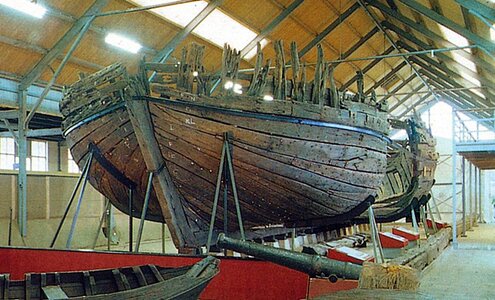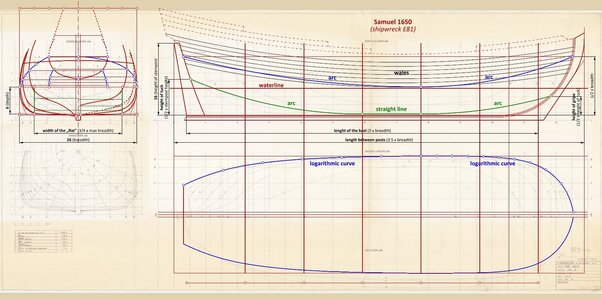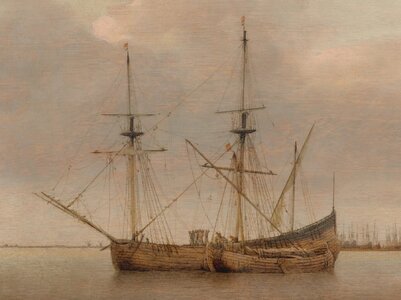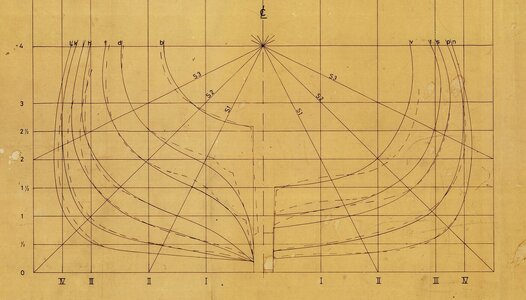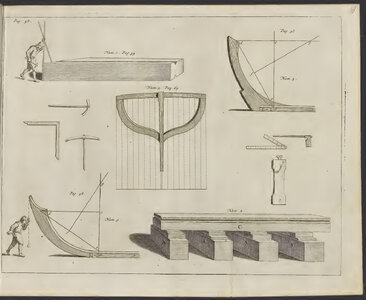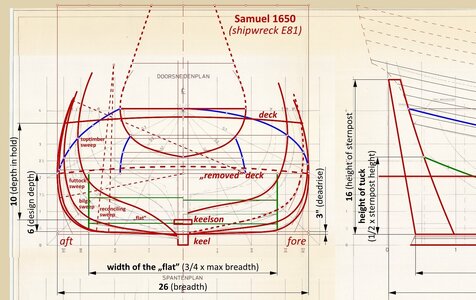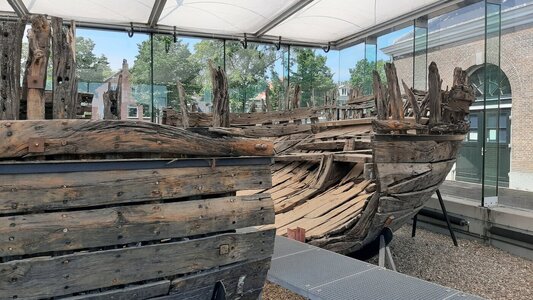.
Persuaded by Ab Hoving and assisted by Maarten by pointing out the archaeological documentation, I undertook the reverse engineering of the important shipwreck E81 – Samuel 1650, excavated in the Ijsselmeer basin in the north of the Netherlands. The wreck is complete enough to allow analysis of the entire underwater part of the hull.The very small deadrise (only 3 inches), the supernatural width of the "flat" (3/4 of the maximum hull breadth instead of the typical 2/3), the tight bilge sweep (radius of only 1/6 of the maximum hull breadth as opposed to the 1/4 typical for warships), and above all the extremely low design depth, and consequently draft (not to be confused with depth in hold; only 1/15 of the hull length between posts instead of the typical 1/10 for ocean-going ships), clearly betray the ship's purpose as a coaster, i.e. a coastal and inland freighter with the ability to enter the shallowest ports, but not coping very well with open, deep water navigation.
Other vessel proportions are already quite typical and their values are indicated in the accompanying diagram.
Due to its proportionally shallow draft, the ship had to be leewardly, but this sailing negative property was partly compensated for by a sharp gripe, i.e. bow entry, formed by the keel-stempost assembly, as well as a relatively sharp run.
The character of this ship is perhaps best conveyed by the vessel shown in the below mid-17th century painting by Abraham de Verwer, except that Samuel 1650 appears to have had a beakhead and a square tuck stern.
.


